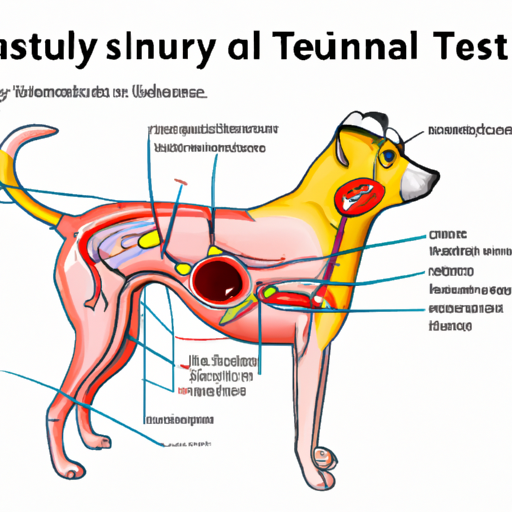As a caregiver to your furry friend, it’s important to understand the different health issues they may face. One such issue is a urinary tract infection (UTI). Let’s delve into the causes, symptoms, and treatment of UTIs in dogs.
Understanding What A Urinary Tract Infection Is
A urinary tract infection (UTI) in dogs occurs when bacteria invade any part of the urinary tract, from the kidneys to the bladder. UTIs are quite common in dogs, especially females, due to their shorter urethra.
What Causes a UTI in Dogs
Several factors can contribute to your dog developing a UTI:
-
Bacterial Infections: The most common cause of UTIs in dogs is bacteria that enter the urethra and migrate into the bladder.
-
Bladder Stones: These can irritate the bladder lining, making it easier for bacteria to take hold.
-
Spinal Cord Abnormalities: Dogs with spinal cord problems may have difficulty emptying their bladder completely, making them more susceptible to infections.
-
Diabetes or Cushing’s Disease: Dogs with these conditions may have weaker immune systems, making them more prone to infections.
Recognizing the Symptoms of a UTI in Dogs
Recognizing the signs of a UTI in your dog is crucial for prompt treatment. Here are some symptoms to look out for:
- Frequent urination
- Blood in the urine
- Urinating in inappropriate places
- Pain or discomfort while urinating
Treatment Options for a UTI in Dogs
Once diagnosed, UTIs in dogs are typically treated with antibiotics. It’s important to complete the entire course of medication, even if your dog’s symptoms improve, to ensure the infection is fully cleared.
Preventing UTIs in Dogs
Prevention is always better than cure. Here are some steps you can take to help prevent UTIs in your dog:
- Provide fresh water at all times to encourage frequent urination and flushing of the urinary tract.
- Allow regular bathroom breaks.
- Keep your dog’s genital area clean.
- Feed a balanced diet to maintain overall health.
| Prevention Methods | Description |
|---|---|
| Fresh Water | Encourages urination |
| Regular Bathroom Breaks | Helps flush urinary tract |
| Clean Genital Area | Reduces bacterial build-up |
| Balanced Diet | Maintains overall health |
Frequently Asked Questions (FAQs)
Q: Can UTIs in dogs resolve on their own?
A: No, UTIs typically require antibiotic treatment.
Q: Can male dogs get UTIs?
A: Yes, while less common, male dogs can get UTIs.
Q: Can diet prevent UTIs in dogs?
A: A balanced diet can contribute to overall health and potentially reduce the risk of UTIs.
Q: How long does it take for a dog to recover from a UTI?
A: With proper treatment, most UTIs clear up within a week to ten days.
Becoming well-informed about your dog’s health can make you a more effective and confident caregiver. So, keep learning, and remember to consult your vet if you suspect your dog has a UTI.



